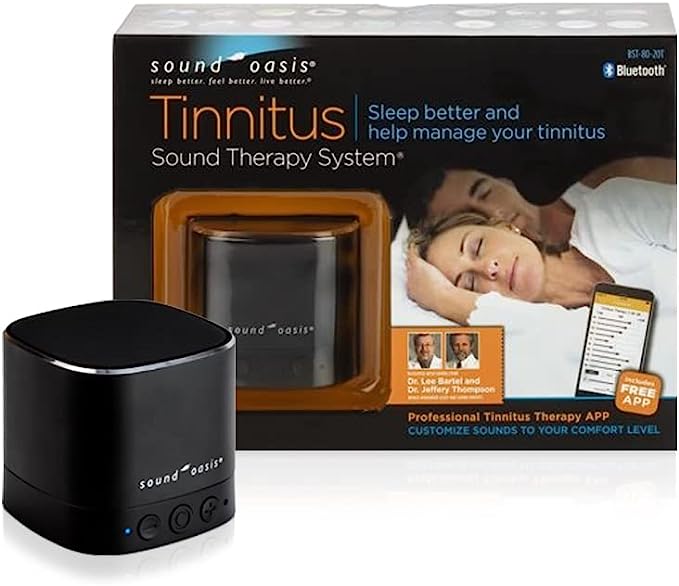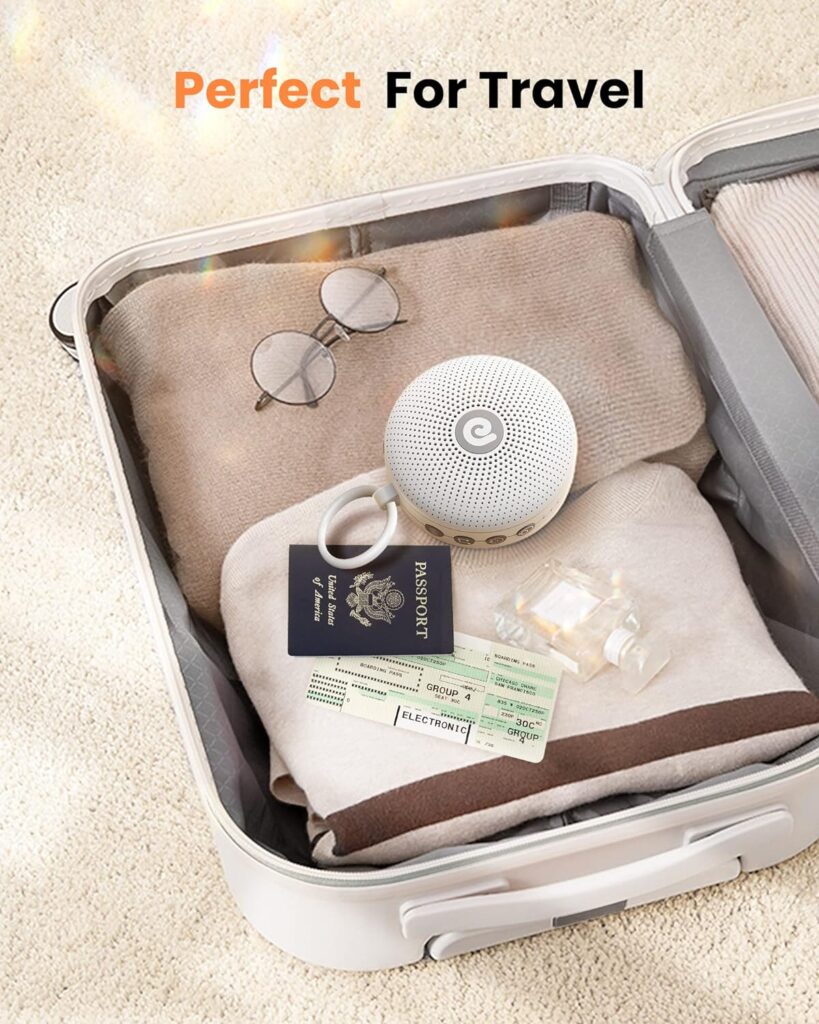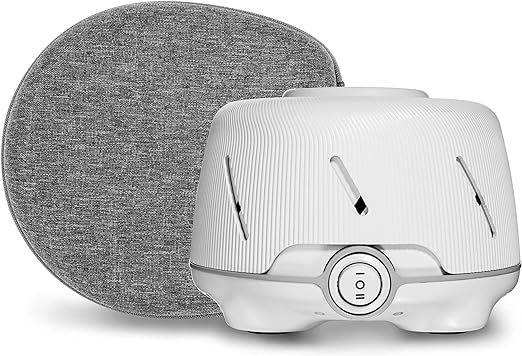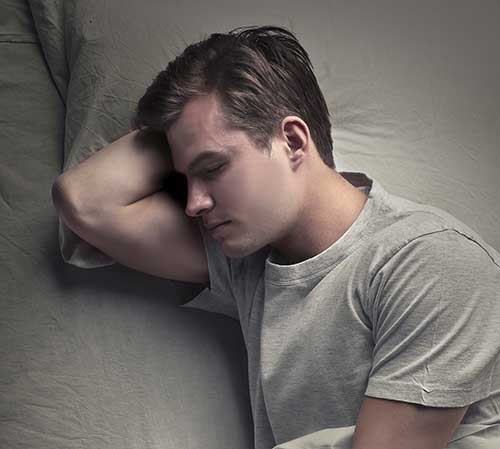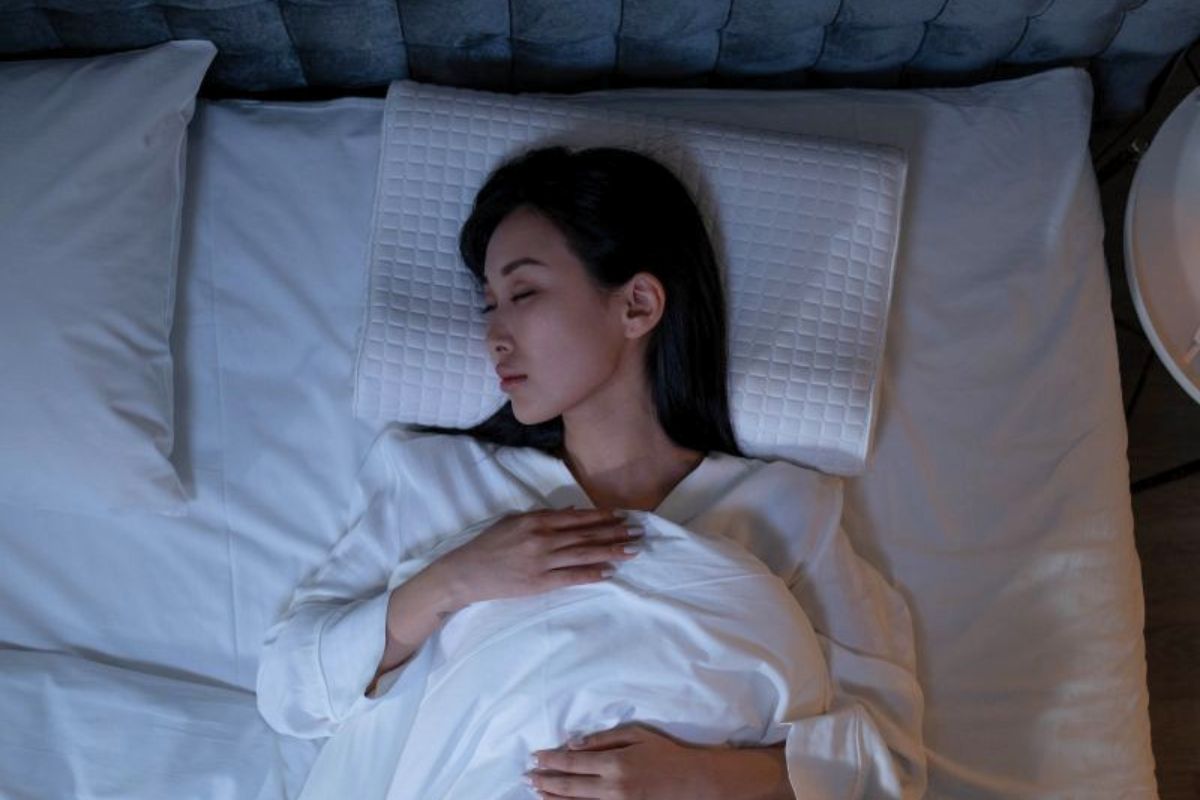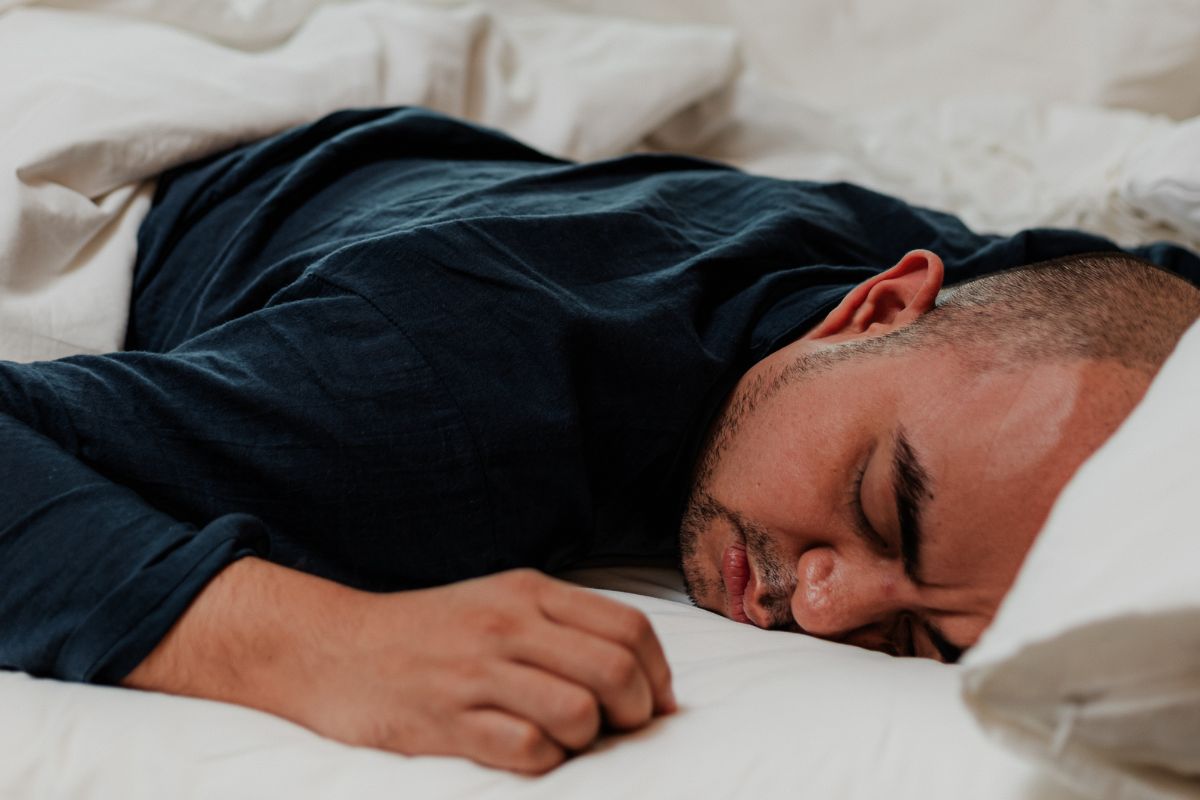Sleep Sound Machine by Oasis
The sleep sound machine by Oasis is one of the new systems designed to help people fall asleep. It is well suited for people with tinnitus, a constant ringing or buzzing in the ears, and also for people who are bothered by a noisy environment.
Some people wonder how more noise can help. When you live in a noisy environment, the noises are not constant. So, you might start to fall asleep while it is quiet, then a sudden noise like a door slamming outside will cause you to become fully roused again.
The whole process can repeat over and over again, causing frustration, which also interferes with the ability to fall asleep. The constant sounds generated by the sleep sound machine block out the other noises. They are soothing sounds like waves or rain.
The volume is adjustable, so the user can set the volume just high enough to block out disturbing sounds, but not too loud to become annoying or to disturb other people in the home. Different cards are available to use in the system so that when you become tired of one, you can change to something different. The systems are typically sold with
one sound-card. Others are purchased separately.
The Oasis brand includes an alarm clock. The sounds can stop playing after a time, when a person expects to be sound asleep. The alarm function causes the sounds to start playing again when it is time to wake up.
Other machines play only a white noise or a musical loop. Some brands do not include a clock or the ability to program the sounds to end at a specific time.
Sleep sound Machine for travel
Machines designed specifically for travelling are also available. Sometimes, it can be very difficult to fall asleep in a hotel environment because of the noise made by other guests. The sleep sound machine helps to block out those noises.
Different sounds are available for babies, children and adults. Some of the adult sounds are patterned after those you would hear in a spa setting. It is easy to take a deep breath and just relax.
The sounds will not block out very loud noises. If the smoke alarm happened to go off, you would still be able to hear it. Some people worry about things like that.
In addition to the Oasis sleep sound machine, there are models available from Marpac and Marsona. You can choose a very simple, basic design or something more elaborate. The price increases along with the addition of multiple features. A simple model can be purchased for $50
Most of the machines sit on the bedside table, but there are a few wall mount versions. Just for simplicity of installation, most people prefer the models that sit on the night stand. Drilling holes and running electric lines can be more than a sleep-deprived person wants to deal with.
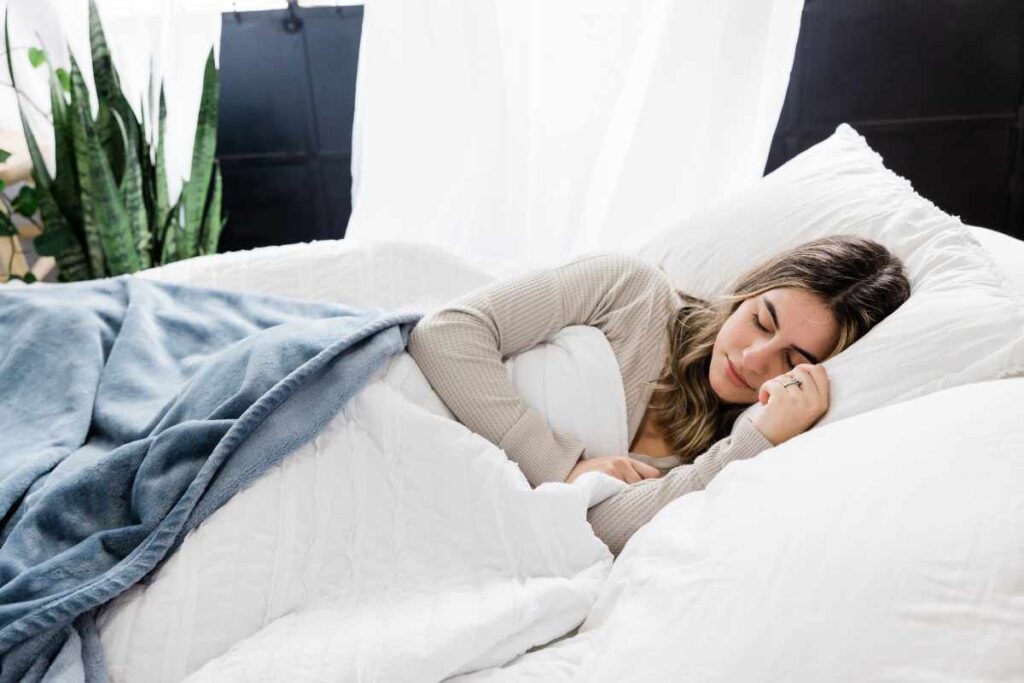
The look of the various models could be something to consider. Although it has nothing to do with function, you may want to choose a sleep sound machine that matches the bedroom décor or you might want something that does not look like a therapeutic instrument.
The Oasis brand looks like a nice alarm clock. No one would know it was one of the white noise machines.
The term “white noise” is actually a misnomer. White noise is harsher than that produced by the sleeping machines. Most produce sounds that can be classified as pink, when it comes to the colors of noise.
What most people want to know is whether or not the sleep sound machine works. The best advice is to give it a try. The systems are affordable and much safer for long term use than prescription sleep aids.


